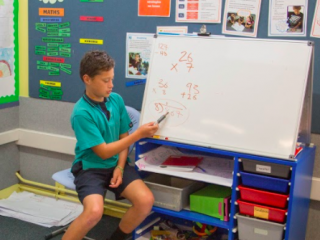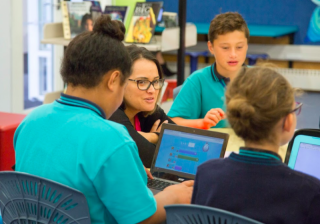When students become reflective about the teaching and learning process, they are strengthening their own capacity to learn. Central to this is the principal of reflection as metacognition, where students are aware of and can describe their thinking in a way that allows them to "close the gap" between what they know and what they need to learn.
Reflection is about students becoming aware of their own thinking processes, and being able to make those transparent to others. It enables assessment of the "why" and "how" of the learning, and what needs to be done as a result.
Reflection readily follows on from self or peer assessment.
When students and teachers routinely reflect they will be able to easily describe:
- what is intended to be learnt
- where they have got to
- the learning process
- where they will go next
- the learning culture in the classroom.
It is the teacher's responsibility to support students to improve their skills in reflection. Teachers should model and teach reflective processes to the students, plan lessons to incorporate time for student reflection, and use those same skills to reflect on and improve their own practice.
Shared clarity on next learning steps
Shared clarity about next steps means that the path to future learning is clear to both teacher and students. The teacher has a carefully mapped out "big picture" of the learning, and is able to communicate it to students so that they are at all times aware of where they need to go next. This enables students to become self-regulating and able to take ownership of their learning.
The role of the teacher
For students to understand where they are headed with their learning, teachers should constantly share with them the "big picture" of learning - at the beginning of each unit of work and throughout the progression of the learning. This enables students to monitor their progress against defined benchmarks or progressions. If possible, progressions of learning for particular areas of learning can be displayed in the classroom. An example could be exemplars of writing at successive curriculum levels, against which students can monitor their achievement. Both student and teacher can construct "where to next" through the use of exemplars, matrices, or progressions. The more students are involved in the process of identifying next steps, the greater their understanding will be of how to extend their learning.
Teacher expertise requires excellent subject knowledge and keeping current through new research, new technologies, and new ideas. The more the teacher is excited and enthusiastic about the subject, the greater the possibility that students will be too. A challenge for teachers is to build student identity with the subject so the students see themselves as writers, mathematicians, and scientists.
>> Classroom resources



